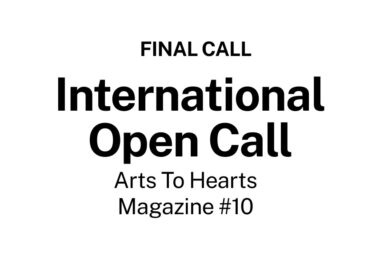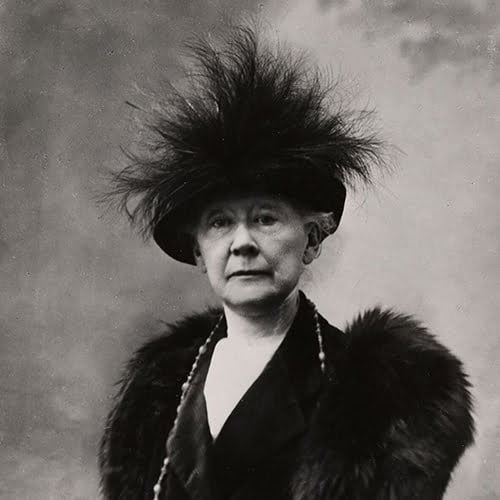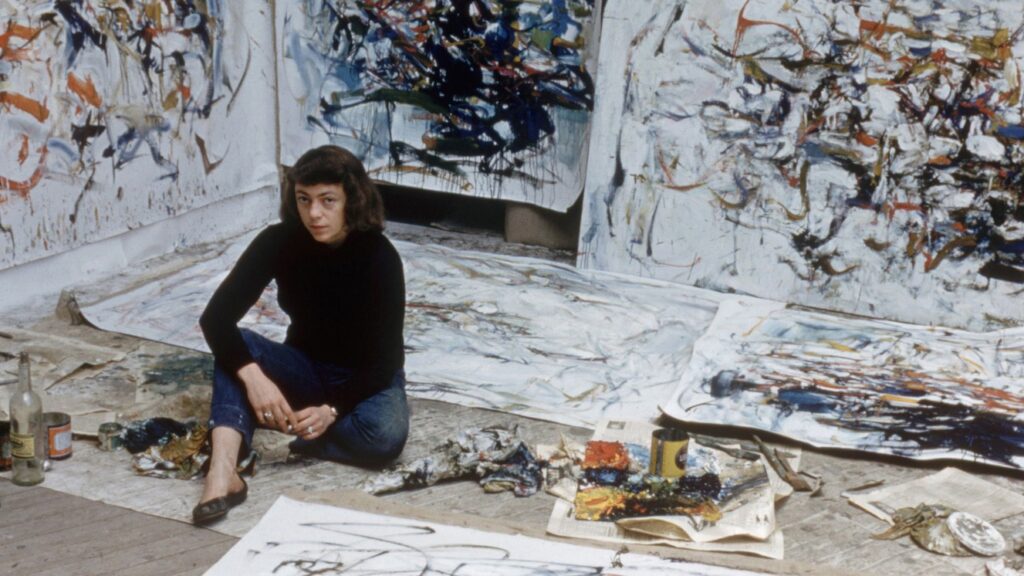
Jessie Newbery: The Glasgow girl who left a lasting impact in decorative arts


In the 19th century, the world of art was vastly different from what we know today. It was a time when traditional norms and expectations heavily influenced the art world, and women artists faced numerous challenges as they sought to make their names in a male-dominated field. In this era, the struggle for recognition and acceptance was an uphill battle, but these remarkable women defied the odds to leave a lasting legacy in the history of art.
One such woman was Jessie Newbery an artist and designer that left an indelible mark on the world of decorative arts. In an era when traditional craftsmanship was giving way to the industrial age, she championed the ideals of the Arts and Crafts movement. This movement celebrated the beauty of handcrafted work, and Jessie Newbery was one of its brightest stars.
With a paintbrush in one hand and a needle in the other, Jessie Newbery created a unique blend of artwork. Her paintings captured the essence of nature and life, while her intricate needlework breathed life into fabrics and textiles. Jessie’s art was an invitation to a world of colors, patterns, and exquisite design.
Today we’ll uncover the story of Jessie Newbery, a woman whose creativity knew no bounds, and whose work continues to inspire and captivate artists to this day.
Early life and the start of her career
Born in 1864 in a bustling Glasgow, Scotland, she was the daughter of Robert Stark Newbery, a well-known grocer in the city. From a young age, Jessie displayed a remarkable affinity for the arts, often sketching and painting scenes from the vibrant streets of her hometown.
Her parents recognized her talent and encouraged her creative pursuits. They provided young Jessie with the opportunities to explore her passion further. At the age of 17, she began her formal art education at the Glasgow School of Art, a decision that would prove to be pivotal in shaping her future.

Under the guidance of renowned artists and mentors, Jessie Newbery honed her skills and developed her unique style. Her early work often featured landscapes and everyday scenes, reflecting the influences of Impressionism, which was gaining prominence in the art world during that time.
As Jessie delved deeper into her studies and art, she discovered a profound connection between her creativity and the natural world around her. This revelation ignited a lifelong fascination with botanical themes and the intricate patterns found in nature, which would become central to her artistic identity.
Her college life was marked by a dedication to perfecting her craft, and it was here that she realized her true calling lay in the intersection of art and design. With unwavering support from her family and the nurturing environment of the Glasgow School of Art, Jessie Newbery’s artistic journey was just beginning.
Jessie’s transition from Glasgow to professional Artistry
As Jessie Newbery continued her studies at the Glasgow School of Art, her talent and dedication did not go unnoticed. She exhibited her work at various local exhibitions and received recognition for her artistic prowess. Her distinctive style, which often featured stylized floral motifs and intricate textile designs, began to gain prominence.
Upon completing her formal education, Jessie transitioned from a student to a professional artist. She took on the role of an art teacher at the Glasgow School of Art, where she would inspire and mentor future generations of artists. Her teaching career allowed her to instill in her students the same passion for creativity and craftsmanship that had driven her.
During this time, Jessie’s focus on art and design led her to explore the rich traditions of Celtic and Scottish design. She was captivated by the intricate patterns and symbolism found in Celtic art, and this fascination would become a hallmark of her work. She often incorporated these influences into her designs, creating a unique blend of tradition and modernity.

In 1889, Jessie married Francis Newbery, who was also a prominent figure in the Glasgow School of Art. This partnership not only brought personal happiness but also fueled their joint dedication to art education and the promotion of the Arts and Crafts movement.
The late 19th century was a time of great change in the art world, marked by a rejection of mass-produced, industrial goods in favor of handcrafted, individual creations. Jessie Newbery was at the forefront of this movement. She championed the idea that art and design should be accessible to everyone and that it could enrich daily life.
Jessie’s journey from student to teacher, her embrace of Celtic and Scottish design elements, and her commitment to the Arts and Crafts movement would lay the foundation for a remarkable career.
Innovative Artistry: What made Jessie Newbery’s work special?
Jessie Newbery’s artistic journey was not only marked by her creative talent but also by her innovative approach to art and design. She believed in pushing the boundaries of traditional techniques and incorporating elements that were, at the time, considered unusual. These unconventional methods added a distinctive flair to her work and set her apart in the world of decorative arts.

Unconventional techniques and embellishments
One of the key aspects that made Jessie Newbery’s work stand out was her willingness to experiment with various techniques and materials. She often used needle weaving, a method that involved intricate stitching patterns to create unique and textured designs.
Additionally, she incorporated beads, ribbons, and card into her creations, introducing a rich tapestry of colors and textures that elevated her designs from ordinary to extraordinary.
Influence of the Glasgow style

Jessie Newbery was a trailblazer in incorporating elements of the emerging Glasgow Style into her design works. This design movement, which emerged in the late 19th century, was characterized by its focus on art, nature, and symbolism. Jessie’s work was a reflection of these principles, as she incorporated stylized floral motifs and intricate patterns reminiscent of Celtic and Scottish art.
Her designs were not only visually captivating but also carried deeper meanings and symbolism, shaping the decorative style of the Arts and Crafts movement.
Changed the way everyday clothing designs were made
One of the remarkable aspects of Jessie Newbery’s work was her belief in the concept of “rational dress.” She thought that clothing should be practical and comfortable while also being aesthetically pleasing.

Her designs embraced the idea that everyday clothing could be beautiful and functional. This ethos resonated with the ideals of the Arts and Crafts movement, which sought to bring art into everyday life.
In essence, what made Jessie Newbery’s work so special was her ability to seamlessly blend creativity with practicality. Her artistry transcended mere decoration; it became a testament to the idea that design, utility, and beauty could coexist harmoniously.
A Legacy beyond Art: Jessie Newbery’s role in society
Jessie Newbery’s influence extended far beyond the realm of art and design. She was a woman of her time, keenly aware of the evolving role of women in society. In an era when the suffrage movement was gaining momentum, she actively participated in the Women’s Social and Political Union, a group advocating for women’s rights, including the right to vote.
One notable event that showcased her commitment to the cause was the organization of the “Arts and Curios” stall at the Grand Suffrage Bazaar held at St Andrews Halls, Glasgow, in 1910. Through this involvement, she used her creative talents to support a larger mission, contributing to the broader societal change that was underway.
Jessie Newbery’s life and work were a testament to the power of creativity, innovation, and a passionate pursuit of social change. Her legacy as a pioneering artist, teacher, and advocate for women’s rights continues to inspire generations. She showed that art and design are not just about aesthetics but can be instruments of social progress and empowerment.
As we reflect on the life of Jessie Newbery, we celebrate an artist who not only adorned our world with beauty but also championed the idea that art, like society, is ever-evolving. Her journey reminds us that creativity knows no bounds and can serve as a powerful tool for change.
Jessie Newbery’s story is a timeless inspiration, a reminder that every stroke of the brush, every woven thread, and every act of advocacy can leave an enduring mark on the canvas of history.

















Comments 11